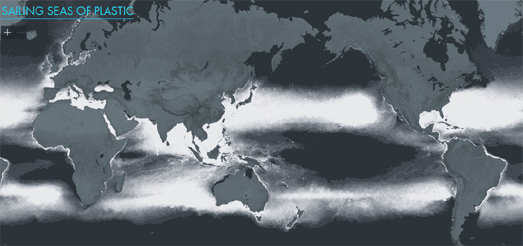
Justin Trudeau's Liberal Party won the most seats in yesterday's Canadian election but he lost his overall majority. The Conservatives won the popular vote but did not win enough seats to form a government. The Liberals are now likely to form a minority government, possibly with the help of the left-wing New Democratic Party (NDP).
So far the Canadian election maps that I have seen haven't been very informative. In the last American and UK elections lots of election maps used arrows to show how votes had swung since the previous election. These arrow maps are great for visualizing how different parties have performed better or worse across the country since the last election (here's an
example from the U.S. midterms). With the Liberals losing their overall majority it would be interesting to see an arrow swing map of the Canadian election to see where the Liberals and Conservatives in particular lost and won vote share across Canada. However most of the major news outlets in Canada instead created web Mercator maps with electoral districts simply colored to show the winning political party.
CBC's
Canada Votes 2019 includes a simple interactive map showing the result's of yesterday's election. The Globe and Mail have a very similar map on their
Election 2019 Results. On these maps each electoral district is colored to show the winning party. You can hover over individual districts on the CBC map to view the name of the winning candidate and by how many votes that they defeated their nearest challenger. Either of these maps could have easily been made more informative simply by shading the districts by the percentage of votes won by the winning candidate. This would at least have provided an overview of where support for the different parties was stronger or weaker across the country.
As they are these maps do provide some insight into some of the major stories of this election. The light blue colored districts in Quebec highlight the surge of the Bloc Québécois. They tripled their party’s seat count, compared to the 2015 election (mostly at the expense of the Liberals), and have become the third largest party after the Liberals and Conservatives. Elsewhere, in the western Prairie provinces, the Conservatives swept the board and the Liberals failed to win a single seat in the area.
 Global News
Global News has a similar map, which also simply colors each electoral district by the color of the winning party. The Global News map does include a button for an 'equal area' view. However this equal area view isn't a map but simply a series of colored squares representing each electoral riding. These square are at least organized by province. However they would work far better organized into a cartogram, which would present an equal area view but also retain some geographical shape.
One of the major problems with all these election maps is the huge scale of some of Canada's rural electoral ridings. These rural electoral districts dwarf the much smaller ridings which are found in Canada's cities. For example, glancing at the Global News map above you might be mistaken to think that the huge amount of orange on the map meant that the New Democrat Party was one of the biggest winners in the election. In fact they came fourth with only 24 seats. It's just that some of those seats are among the largest ridings in the country.

My favorite map of the 2019 Canadian Election is the
Canadian Election Bubble Animation. This map animates back & forth between a geographical map and an equal sized cartogram. The cartogram view (pictured above) presents each electoral riding as an equal sized circle. This cartogram view enables you to see more clearly the number of seats won by each party (see how the orange on this cartogram isn't as dominant as on the other election maps).
To overcome the geographical problems with this cartogram the visualization tweens and animates into a more geographical map view. It would be nice to have a button which allowed you to switch between the two views so that the user actually had control of the map animation. As it is the perpetual switching between the two views cannot be controlled by the user and can be a little annoying when trying to read the results of the election.

Luke Andrews'
Electoral Cartogram of Canada also provides a cartogram map with an equal area view of the Canadian election. On this election map each electoral district is the same size. This cartogram view also provides a more easy to understand overview of the seats won by each party than provided by the geographical maps used by the major news outlets. The geographical unfamiliarity is partly overcome on this cartogram by also mapping the lakes, the USA and by labeling the provinces.


















































